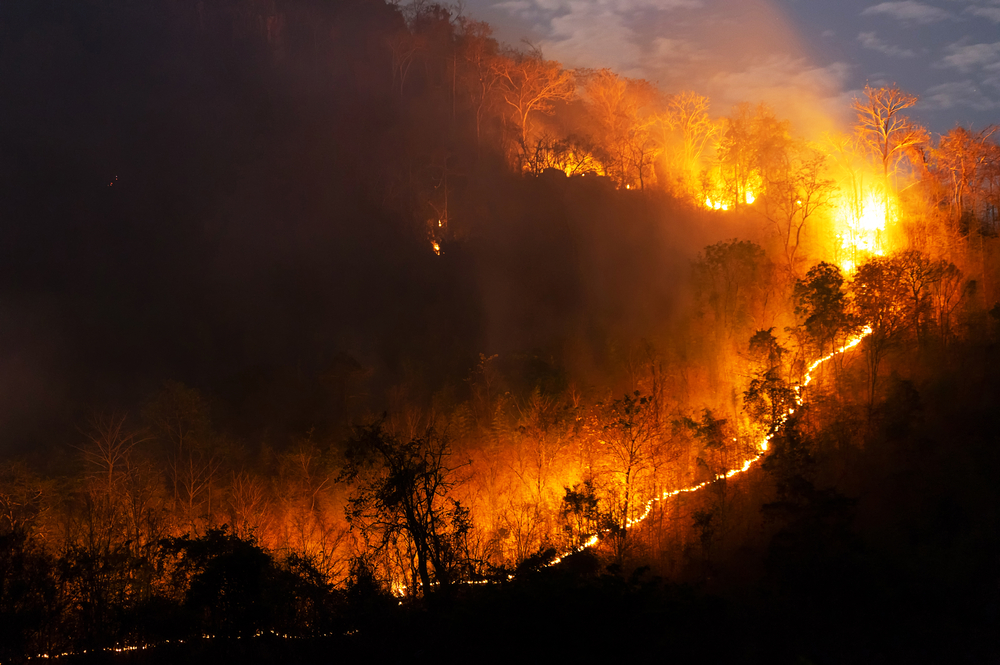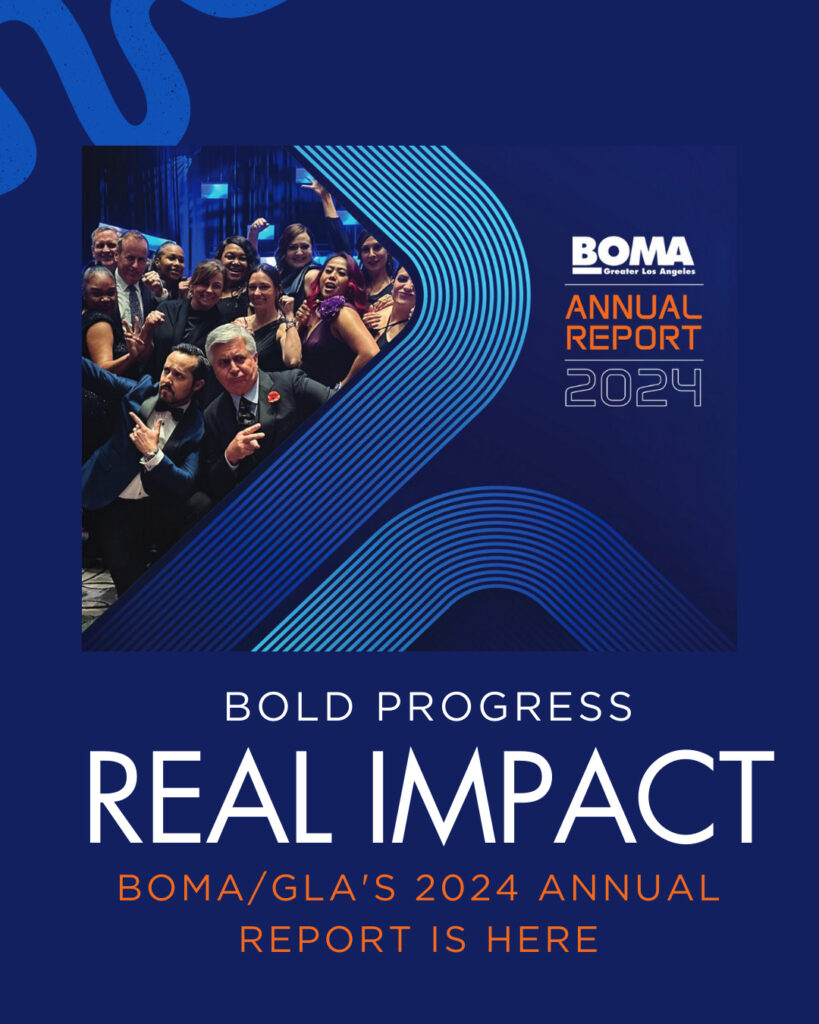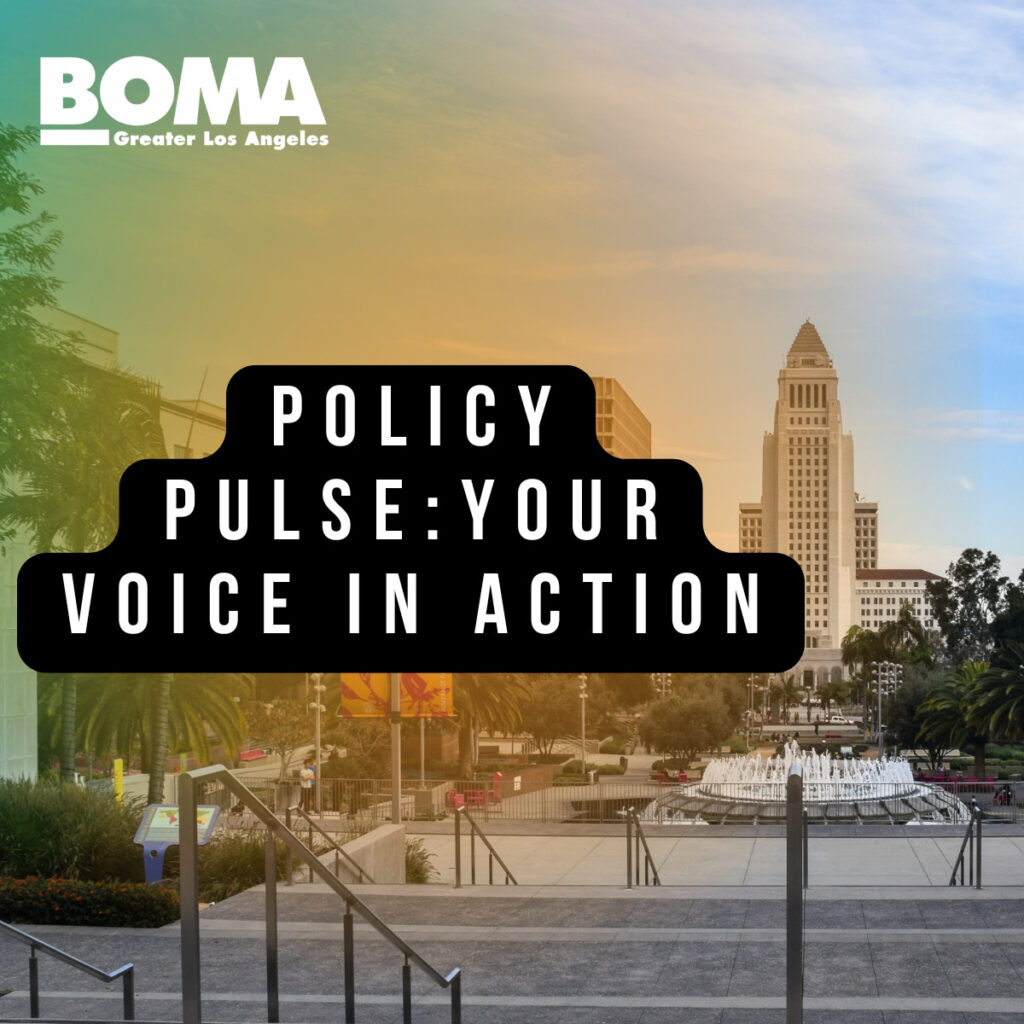Wildfire Response and CRE: How LAFD Changes Could Affect You

A new city review of the Los Angeles Fire Department (LAFD) identified areas for improvement in staffing, communication, and wildfire preparedness during the Palisades Fire. The findings could help guide future emergency response planning and support stronger coordination with building owners and managers citywide.
What You Need to Know
The 67-page report offers several recommendations to improve LAFD operations after the January fire. Key findings include:
Staffing and Recall Procedures: The report noted that not keeping off-duty staff during Red Flag conditions reduced available resources as the fire spread. It recommends updating recall systems to bring in firefighters faster during major emergencies.
Weather and Communication Systems: The department uses one brush index for the whole city, which doesn’t reflect L.A.’s varied microclimates. Communication problems also made it harder for fire crews and partner agencies to coordinate.
Leadership and Fatigue: Many firefighters worked over 36 hours without rest, causing exhaustion and safety risks. The report recommends leadership updates and clearer command structures for future emergencies.
Evacuation and Alerts: Delayed evacuation notices caused confusion and traffic jams. The report calls for faster alerts and better coordination with law enforcement.
Operational Highlights: Despite challenges, the LAFD was praised for quick aircraft response, successful rescues, and strong teamwork with regional partners that helped evacuate 30,000 residents.
City leaders, including Mayor Karen Bass, said the LAFD has already started making improvements like better communication tools, more wildfire training, and leadership updates to boost future preparedness.
How It Impacts You
For commercial real estate professionals, especially near high fire-risk areas, these LAFD updates could change how emergencies are handled citywide. Better communication, clearer leadership, and faster staffing could mean quicker, more effective wildfire responses.
For example:
Enhanced coordination during evacuations and emergencies, with potential new protocols for property notifications.
Greater emphasis on wildfire mitigation and readiness, including fire weather monitoring and defensible space compliance.
Opportunities for closer collaboration with LAFD on emergency planning, especially as new technologies like thermal imaging and drone surveillance are integrated into fire prevention strategies.
Stay Connected
As wildfire risk grows in Los Angeles, these lessons will shape both city responses and how property managers prepare for and reduce risks.
Stay connected with LAFD updates by joining our Codes and Regulations Committee or attending their policy briefings.


